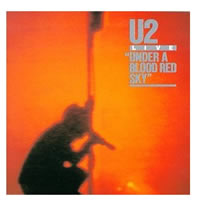I know I still need to blog the JANM conference, but I had to write about this: Officials at a Louisiana school district are trying to prevent students from including foreign languages in their graduation speeches.
The brouhaha was sparked by Vietnamese American cousins Hue and Cindy Vo, who were co-valedictorians at Ellender High School’s graduation in Houma, Louisiana. Cindy Vo spoke one sentence in Vietnamese dedicated to her parents, who don’t speak fluent English, from the podium.
“Co len minh khong bang ai, co suon khong ai bang minh,” she said, and explained to her English-speaking classmates that the sentence roughly translates as “always be your own person.”
Her cousin Hue gave more of her speech in Vietnamese, but again, the point was to pay homage to her parents.
At least one member of Terrebonne Parish school district, Rickie Pitre, took offense to the Vietnamese passages, and he says that all graduation speeches should be given in solely English, or that passages can be paraphrased in foreign languages — but only after they’re spoken first in English.
Continue reading




 I know exactly where I was the night of June 5, 1983: I was freezing my butt off, soaked to the bone but ignoring my discomfort because I was in musical heaven, surrounded by huge sandstone rocks on both sides, a stormy sky above and a hungry young band called U2 just hitting its stride in front of me, its members playing their hearts out despite the crappy weather.
I know exactly where I was the night of June 5, 1983: I was freezing my butt off, soaked to the bone but ignoring my discomfort because I was in musical heaven, surrounded by huge sandstone rocks on both sides, a stormy sky above and a hungry young band called U2 just hitting its stride in front of me, its members playing their hearts out despite the crappy weather. 







